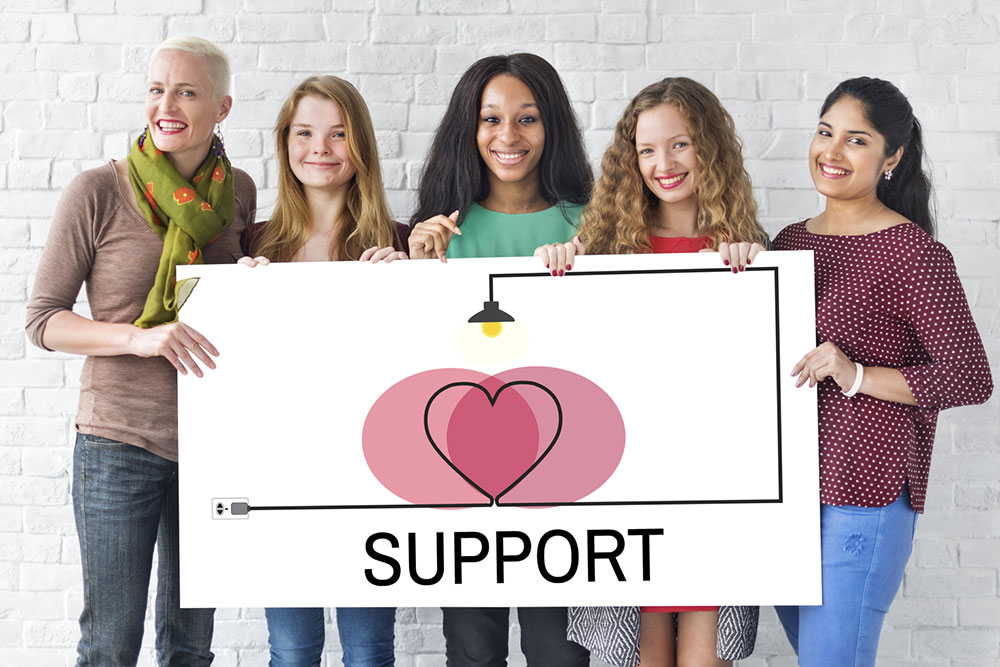8 mistakes to avoid when supporting charities

Thousands of people donate to various charities through different means. After all, many worthy causes need help and support, and giving back to society is important. However, despite all the good involved, there’s a lot where one could go wrong. Furthermore, since donations are usually the lifeline of charities, one needs to avoid and limit mistakes to ensure the funds reach the intended persons. So, here are seven errors to avoid when supporting charities.
Donating on a whim
One should always take time to reflect on a potential donation rather than allocate funds without a second thought. Donating on the spur of the moment could mean one may not appropriately budget their spending, making it difficult for the donor to manage other necessities or future donations. One may also fall prey to scams, which may prevent the funds from reaching a legitimate cause. If one learns of a cause one strongly identifies with or wants to support, it is best to make a note of it and review one’s finances first before making a donation.
Lack of research
The lack of research on a charity could lead to unavoidable problems when supporting any cause. One could view a donation as an investment and prepare accordingly. The individual could also ask the organization questions about past donations. By gaining an understanding of where the money was directed in the past, one could get better insights into the future of the donation. Moreover, asking about future donations may help understand the organization’s aspirations and how they plan to get there. A charity that is vague in answering either question might mean the money is not put to good use.
Not asking about the filing status
A common error people make when donating to a charity is not asking about their filing status with the IRS. To obtain the maximum benefits from charitable giving and determine if the charity has a history of legitimate service, one should reserve their donations for registered 501 © (3) non-profits. Each charitable organization must be able to produce IRS documentation to prove their claim to 501 (c) (3) status. The status does not always mean it is the right charity to donate to, but it makes it more legitimate than other unregistered non-profits.
Donating only at the end of the year
Charitable giving is usually the highest in December due to a combination of year-end tax considerations, awareness campaigns, and holiday sentiment. And while the boost is helpful, non-profits could benefit from donations that are regular, dependable, and year-round. A streamlined donation cycle helps ease financial stress around the holidays and enables charities to plan for the future from a stable base. One should, thus, avoid limiting their donations to the end of the year. Instead, they can opt for monthly or quarterly giving. This will help the charity and may allow one to fit more donations into the year without breaking the bank.
Not keeping a record of donations for tax purposes
Many people make generous donations but do not keep a record of their transactions. Some even neglect to collect a receipt after donating. If the charitable donations push their deductible expenses beyond standard deduction ($12,400 for single filers and double that for married filing jointly), one might benefit from itemizing deductions. The process is simple if the individual has a record of all their donations. With such receipts in hand, itemizing requires calculating the total value of the donations plus the other deductible expenses and reporting the total when it is time to file for taxes. The individual may receive more back if the total exceeds the standard dedication, but it’s harder to calculate when one does not request donation records.
Supporting only major organizations
Many individuals donate only to nationwide or international organizations each year. While support of any kind is great, one should also consider making donations to a local non-profit. These agencies usually lack reach and funding and are unable to achieve their yearly goals because of it. Supporting local charities can help them grow and provide substantial, vital support to the people in the area. It can also help in building up the individual’s city or town in areas one knows lack proper support.
Donating to fake charities in a crisis
Fake charities usually pop up when there is a pressing crisis, such as a widespread sickness, natural disaster, human rights issue, or violent conflict or war, as during this time, many people rush to offer aid. Here is when scammers see an opportunity to create illegitimate websites and funding campaigns, adopting organizations and stories that are identical or similar to the original. To avoid falling prey to these scams, one must do research and reach out to organizations directly rather than donating through an email or social media campaign.
Giving things that are not required
Every charity has a list of things they may require. However, several donors drop off things that have no value to the non-profit. To avoid burdening a charity with items they do not require, donors should communicate with them beforehand. One could check the non-profit’s website for an acceptable donation list or call the agency to clarify. The charity will surely appreciate those who put in additional effort to check in. Once the individual hears from them, they could purchase what the organization may require to continue their work.

